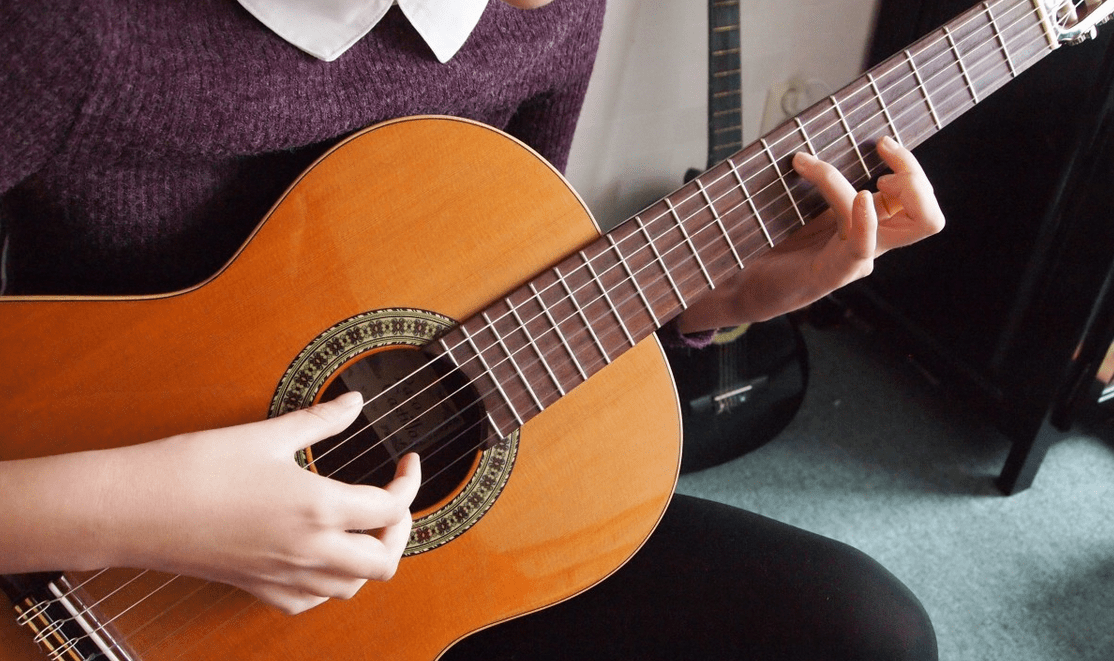
Learning by Teaching
by Jamey Mann, Catoctin School of Music
One of my favorite teaching techniques is letting my students teach me. This is valuable to the teaching process as it allows students an opportunity to verbalize what they’ve learned. It is an opportunity for teachers to gauge their student’s comprehension of topics covered during lessons. In addition, it helps with a student’s communication skills which gives them the ability to help their peers in group classes or ensembles.
Students can be tricky. Often, they can advance through lessons then surprise you by not being able to answer a basic question. For example, a student is reading music, but they cannot tell you what a note is. They are simply associating the dot on the page to where their finger belongs. To avoid this, I use several techniques that will put the student in the teaching role.
- Teach me how to sit with the guitar – With young students this is a fun activity that reinforces posture and correct sitting position. Usually in the 2nd or 3rd lesson after practicing their sitting position at home. I will hold the guitar incorrectly asking the student to fix my sitting position. I will ask them in detail questions about where my feet should be, where the guitar’s head should be and where my hands belong. I find doing this helps young people to master the sitting position quickly.
- Listen, tell me what is wrong or what I can do better- When playing an instrument, it is difficult to really listen to what you are doing. Often wrong notes, bad tone, or disconnected melodies go unnoticed. In the case of young or new students they may not realize what they are doing is wrong. With this I will play an example of music incorrectly or with bad tone and disconnection. My next example will be perfect and emphasize what I am trying to get across to the student. This helps them hear and realize what is wrong as well as verbalize what is wrong and how to fix it.
- Tell me about the music- When introducing a new piece to a student I ask them to tell me as much about it as possible without playing it. Early on we talk about time signatures, measures, what kind of notes, etc. As the advanced the information I asked for gets more advanced asking about key signatures, form, and texture. If we are talking about an etude, I want the student to tell me what technical aspect of playing the etude is for.
- Flash Cards- These are invaluable teaching tools. Often, I will have students say and play the notes. However, every so often I will ask the student without their instrument to tell me how to play the note. This forces to student visualize where the note is played and tell me how to play it. This is especially useful on an instrument like guitar where the notes can be played on more than one fret/string.
- Critiquing- Listening is an important part of learning music and being able to give constructive criticism is also important. I will sometimes play for students of watch video and ask for their feedback. What they like, what they did not like, and how to make it better. By listening intently to other musicians, they can start applying the same critical ear to their own playing.
